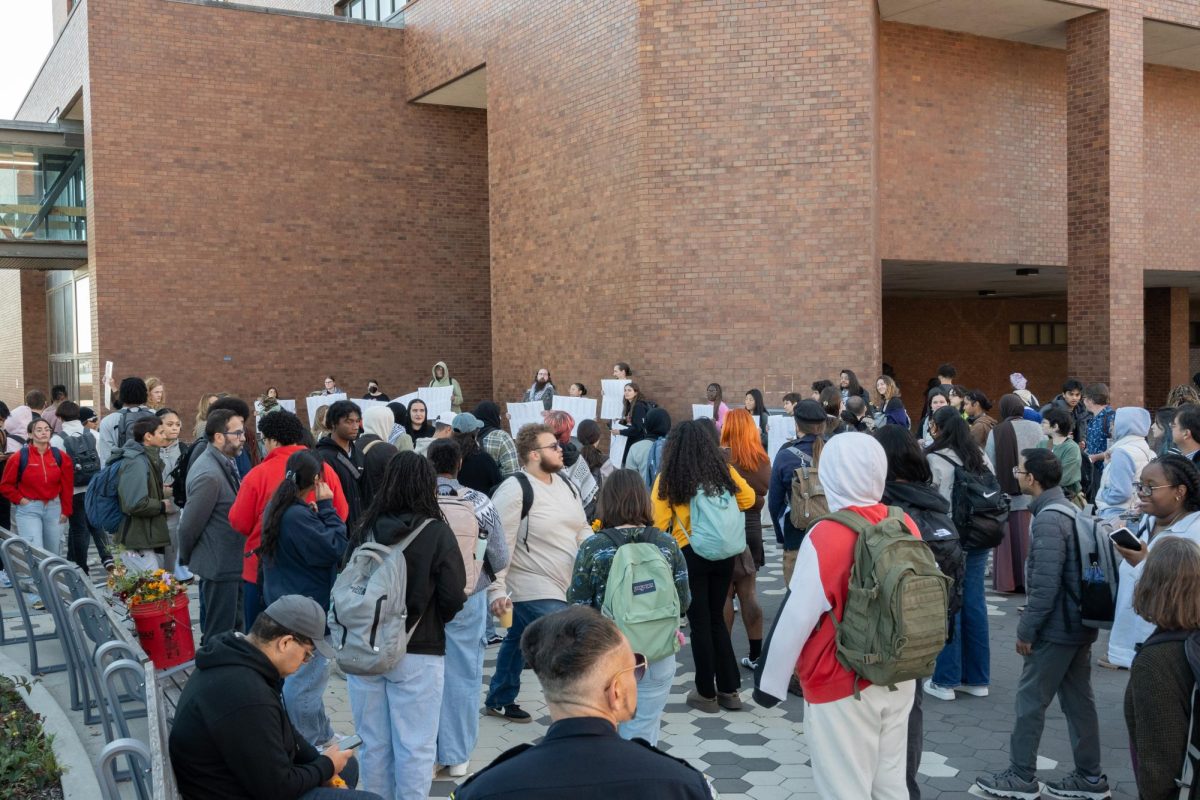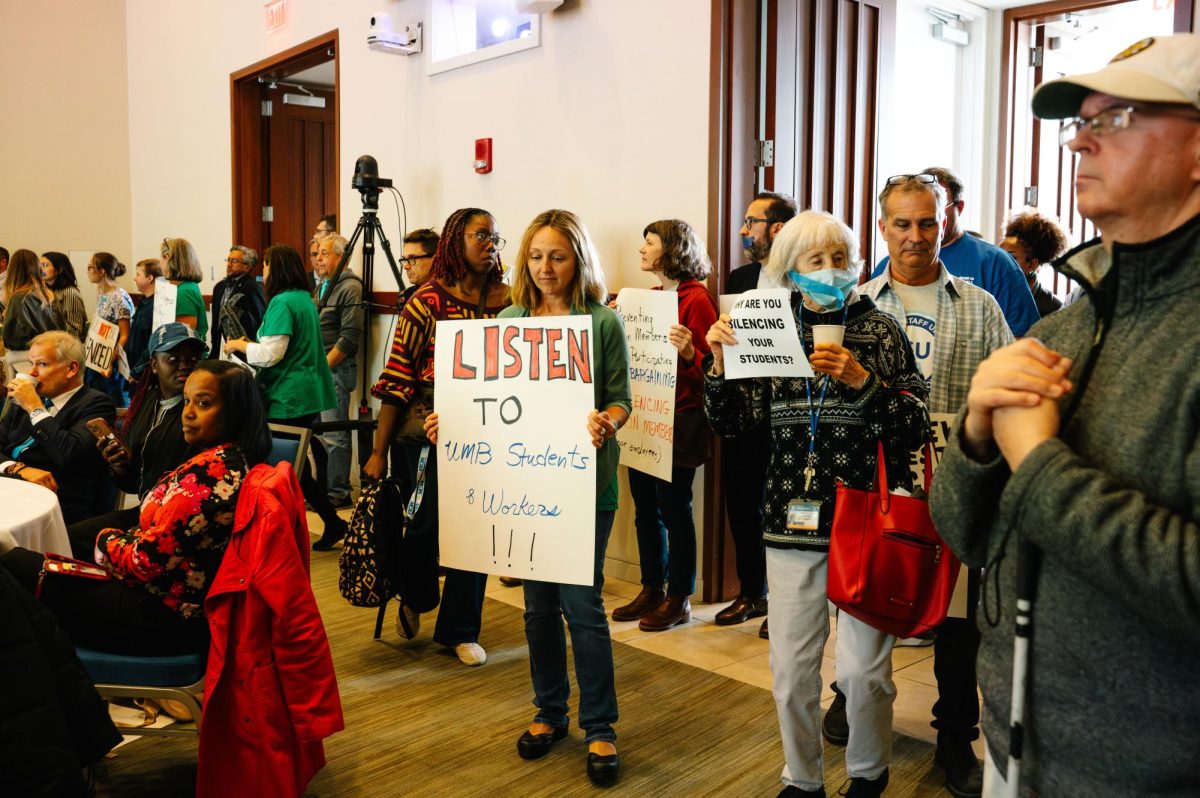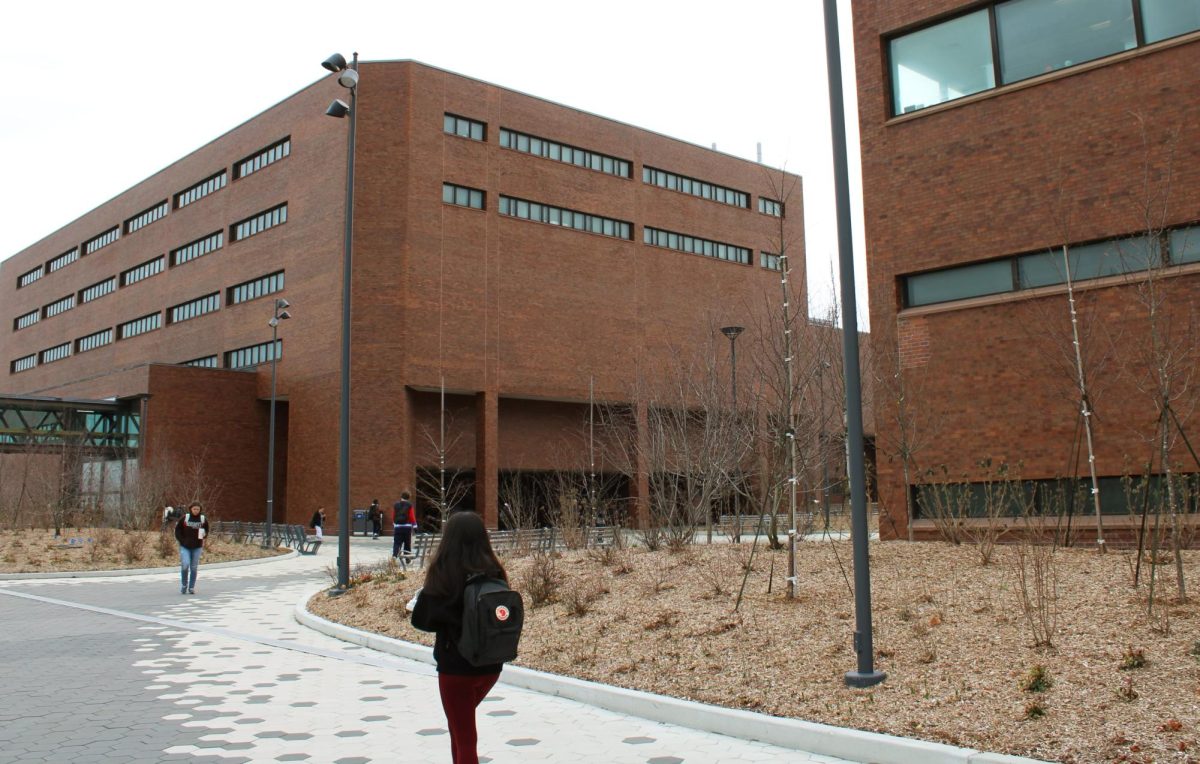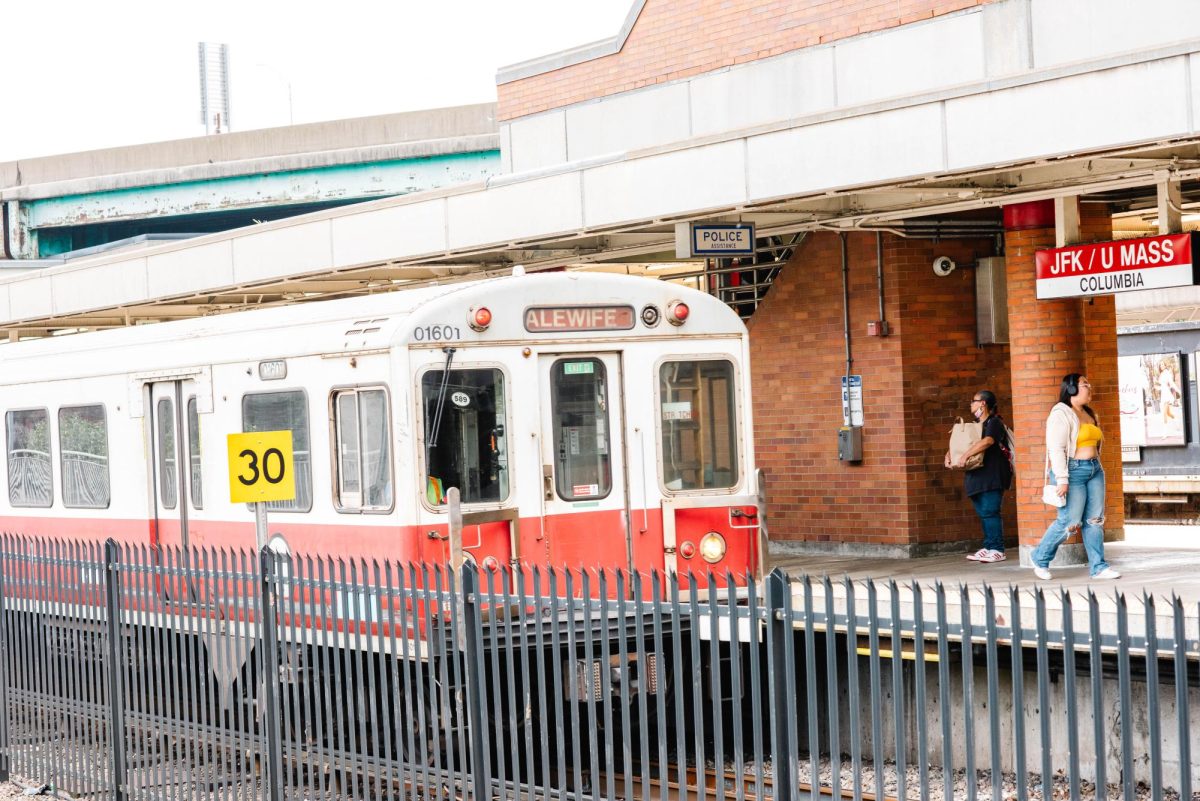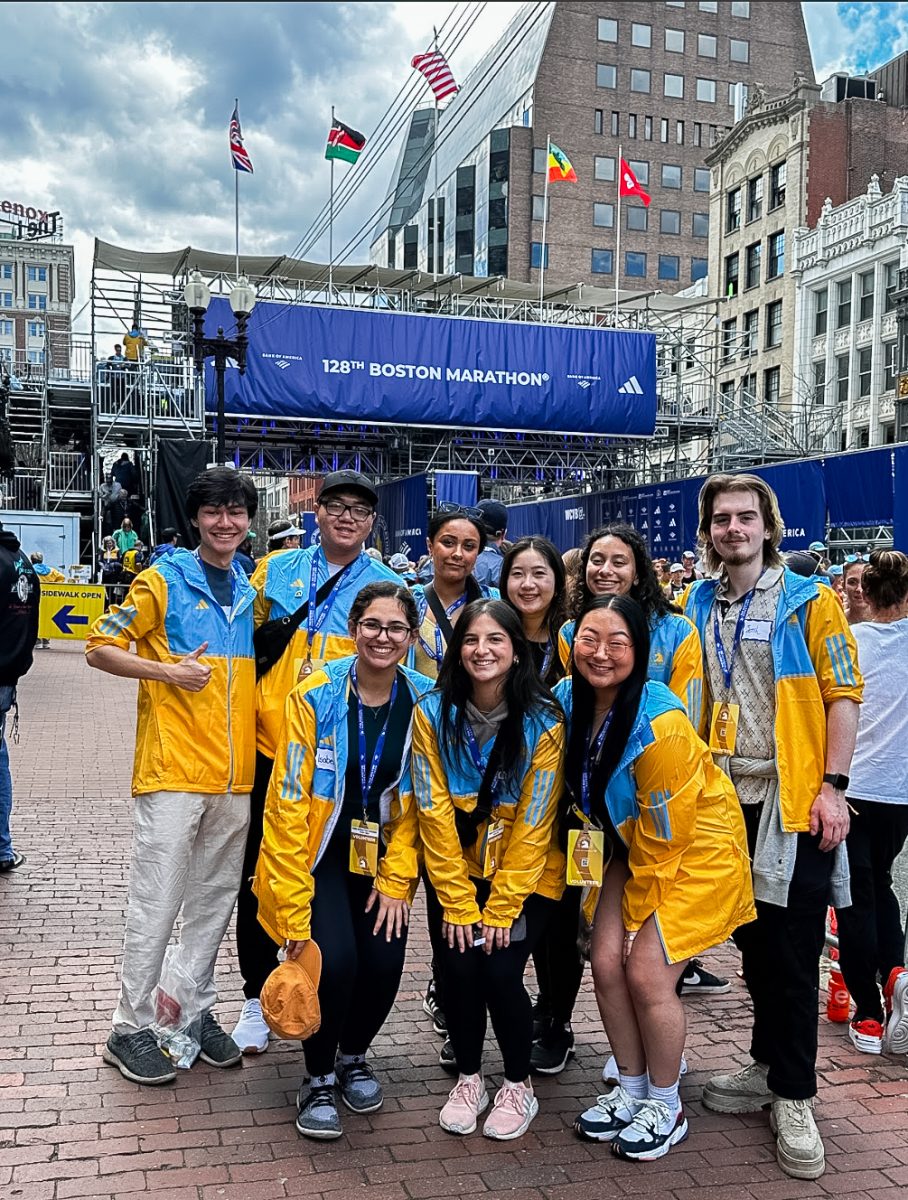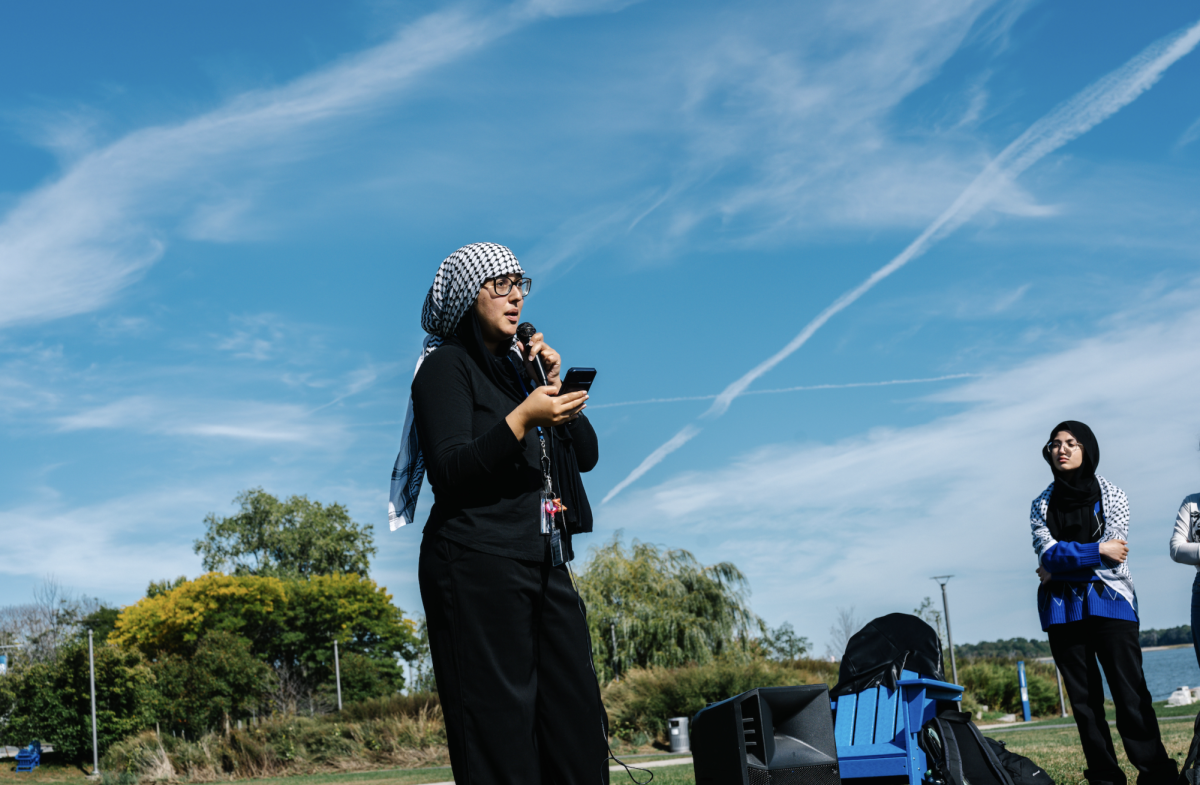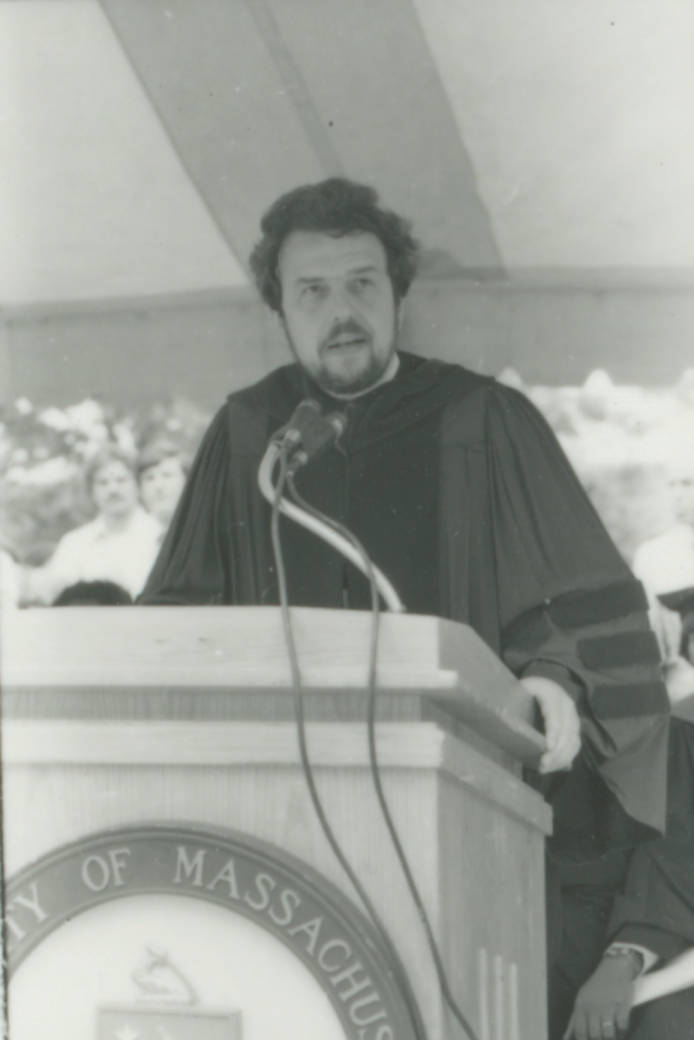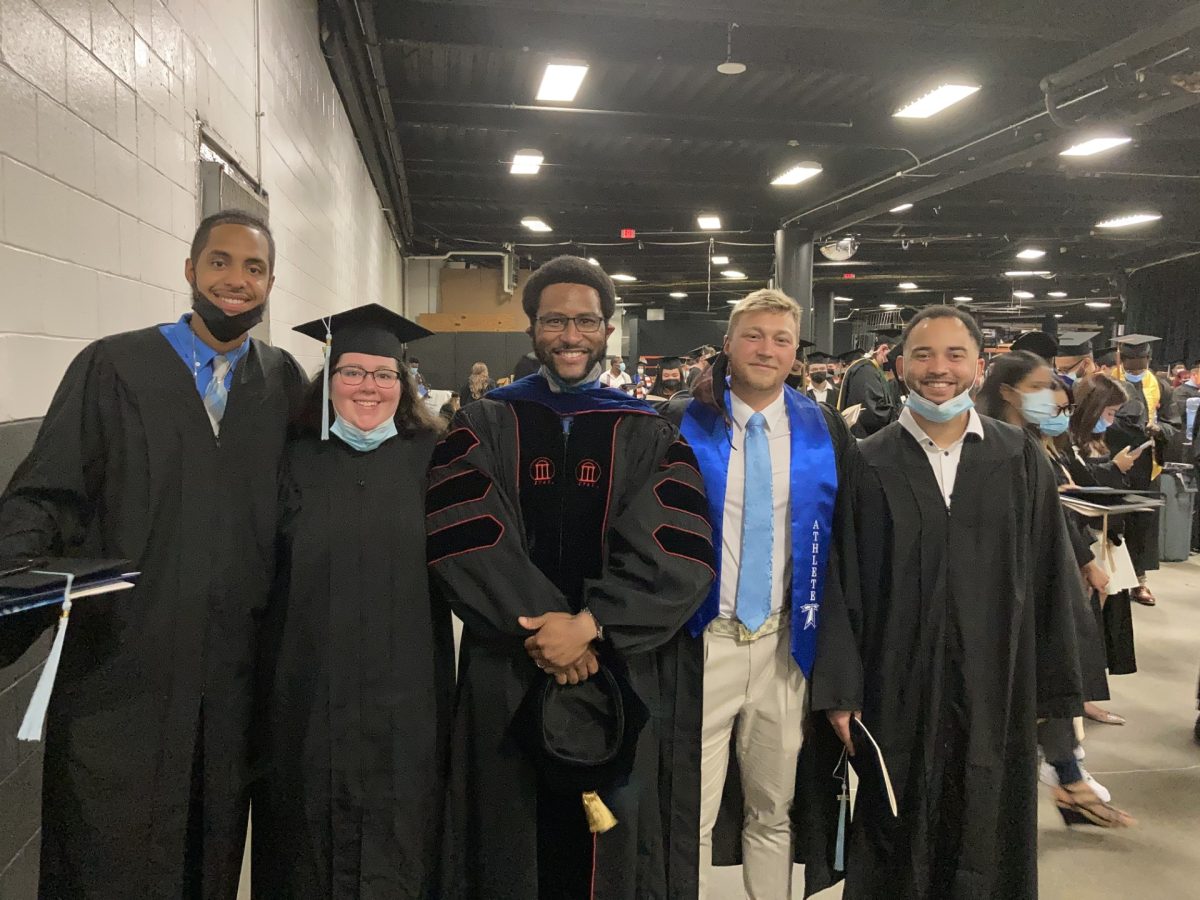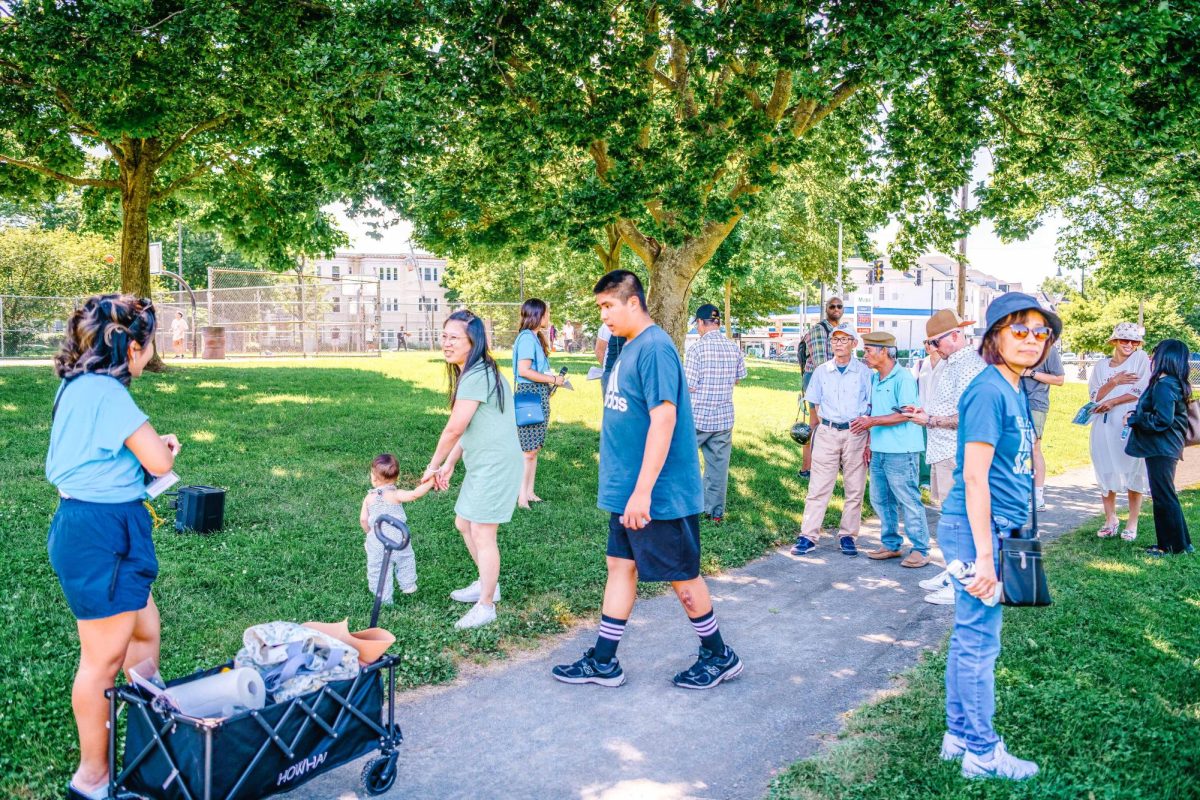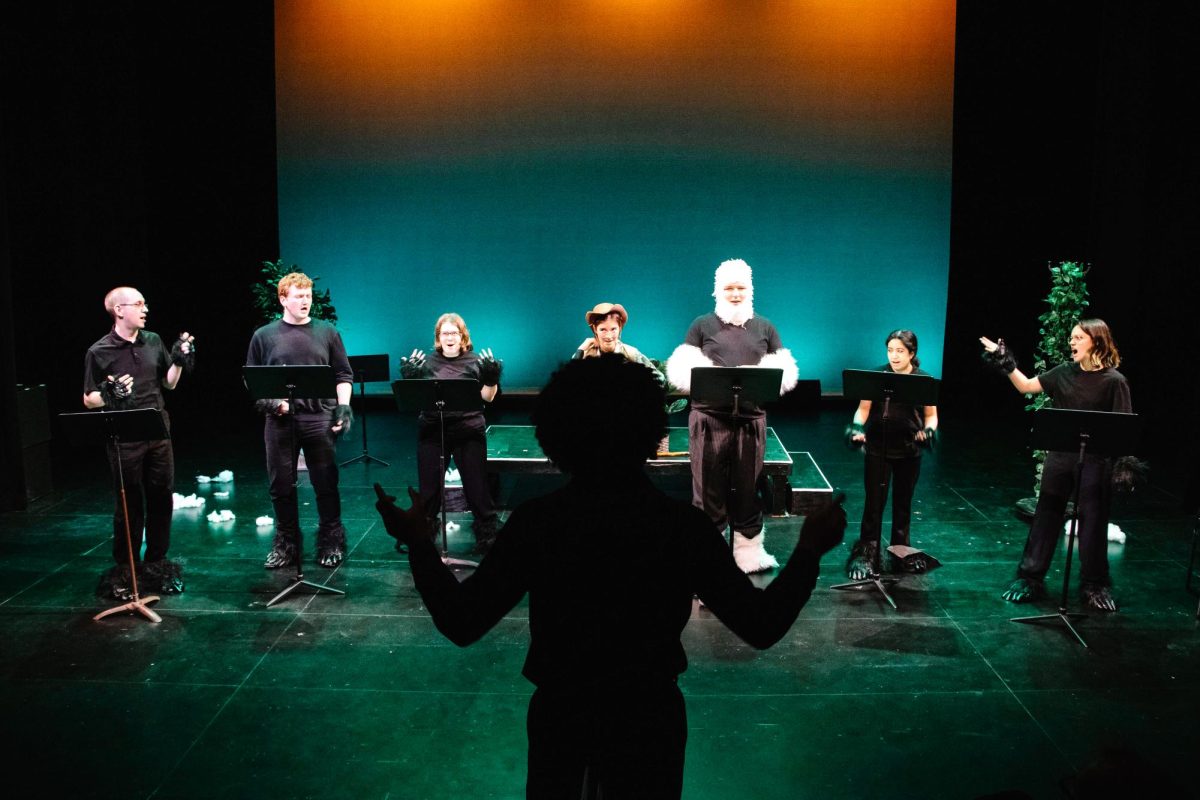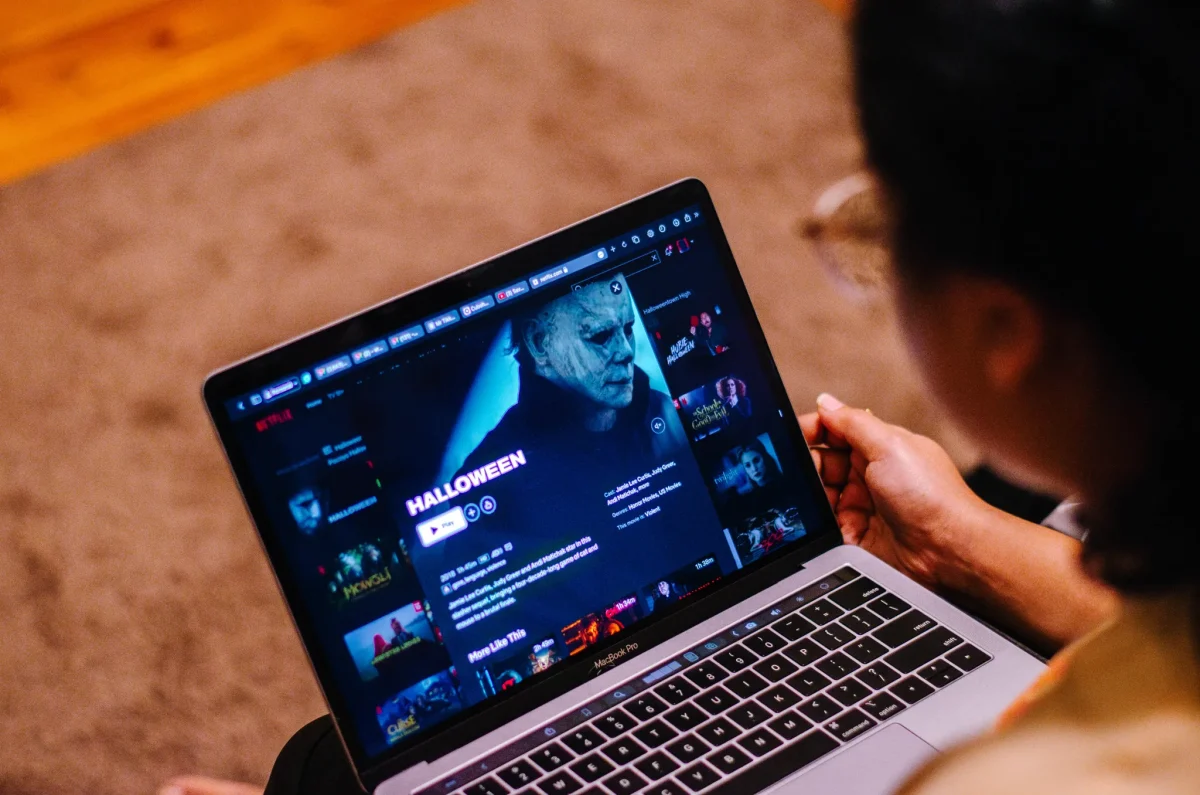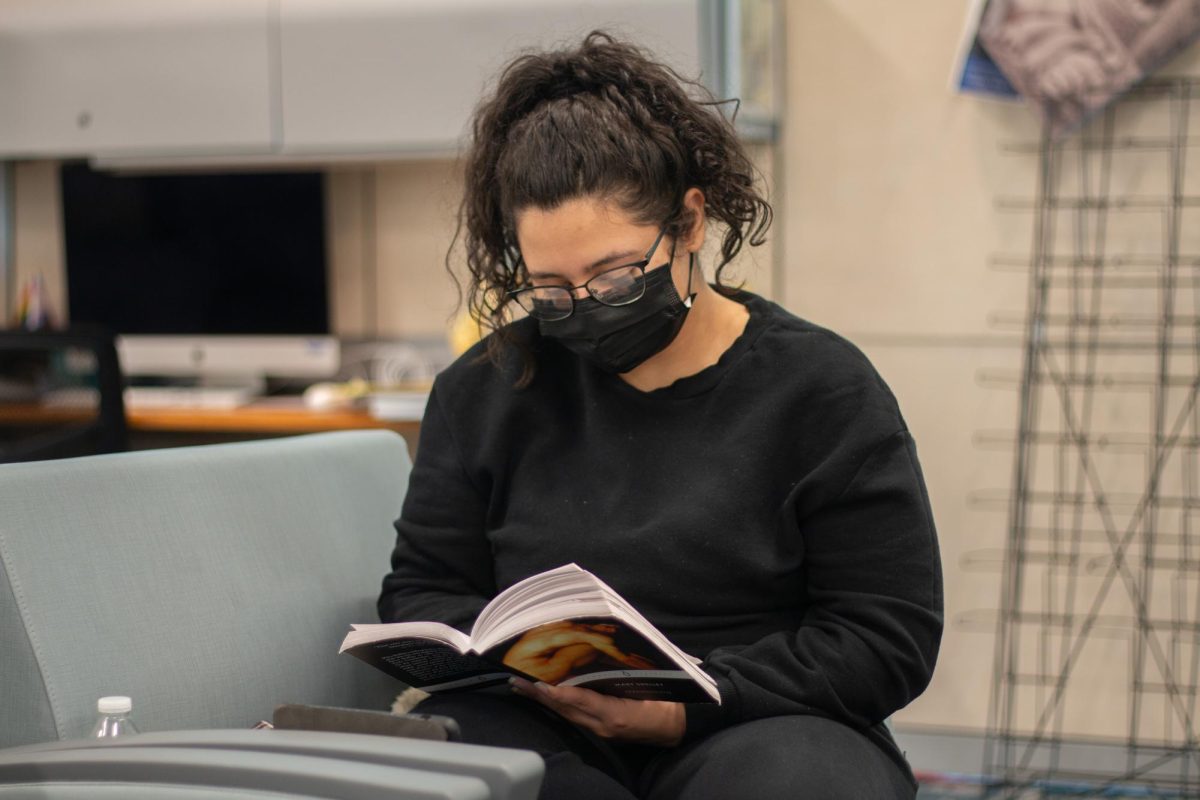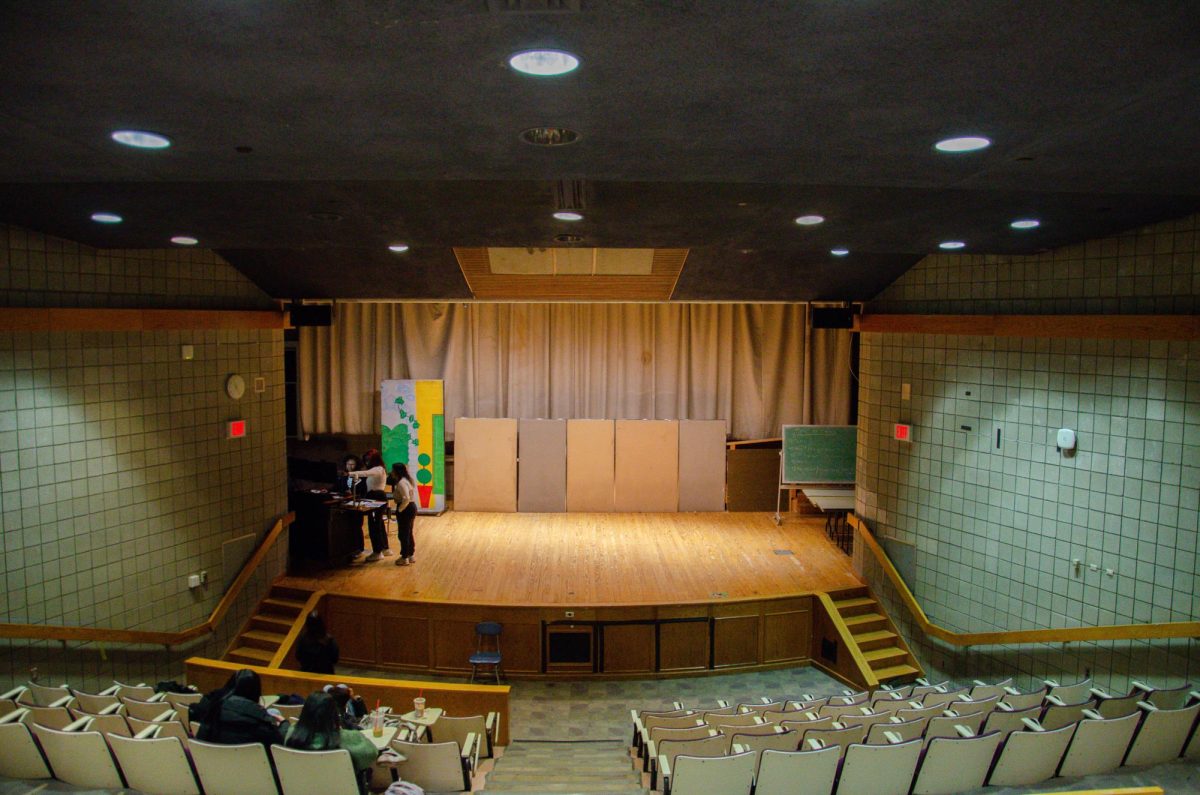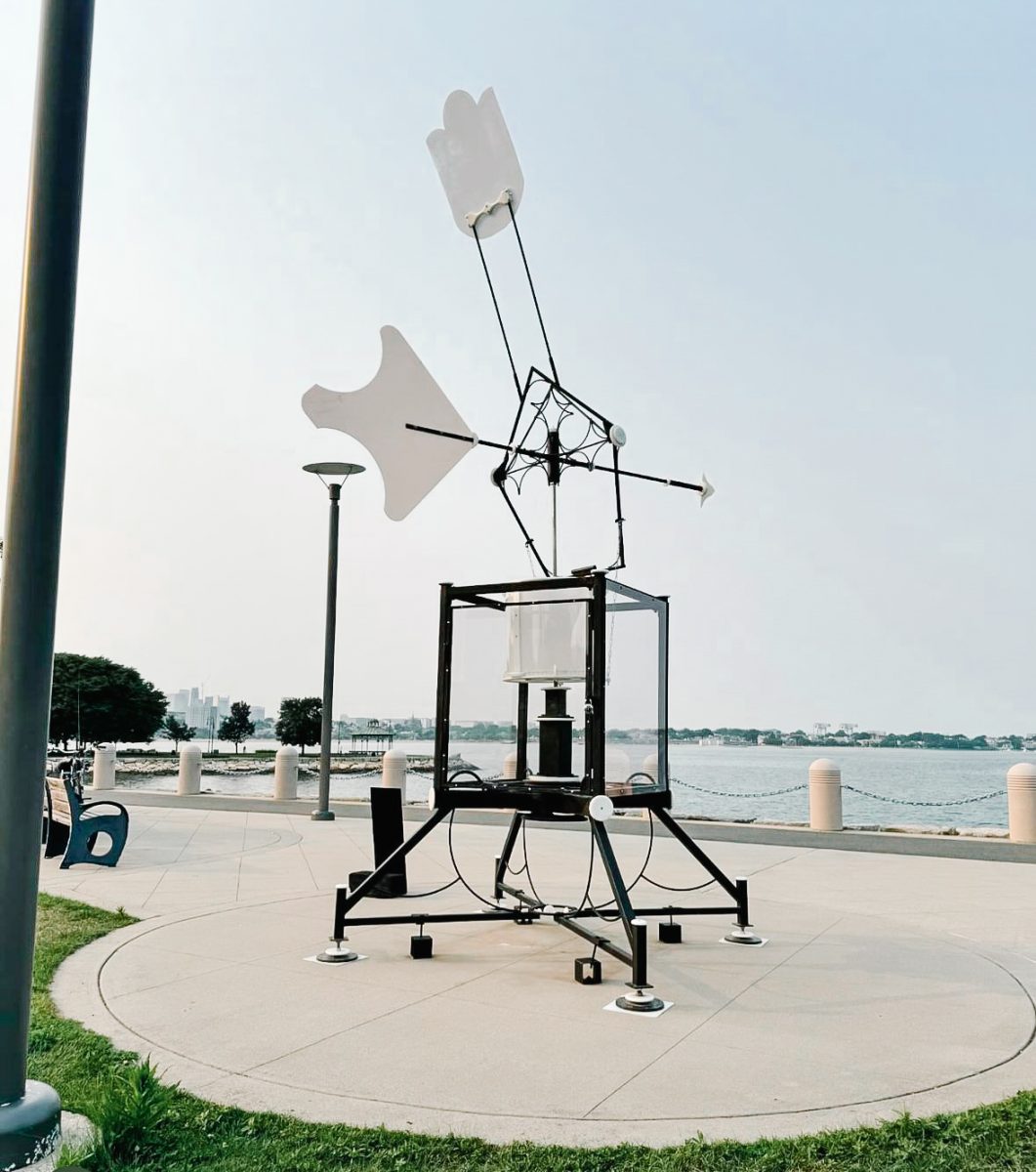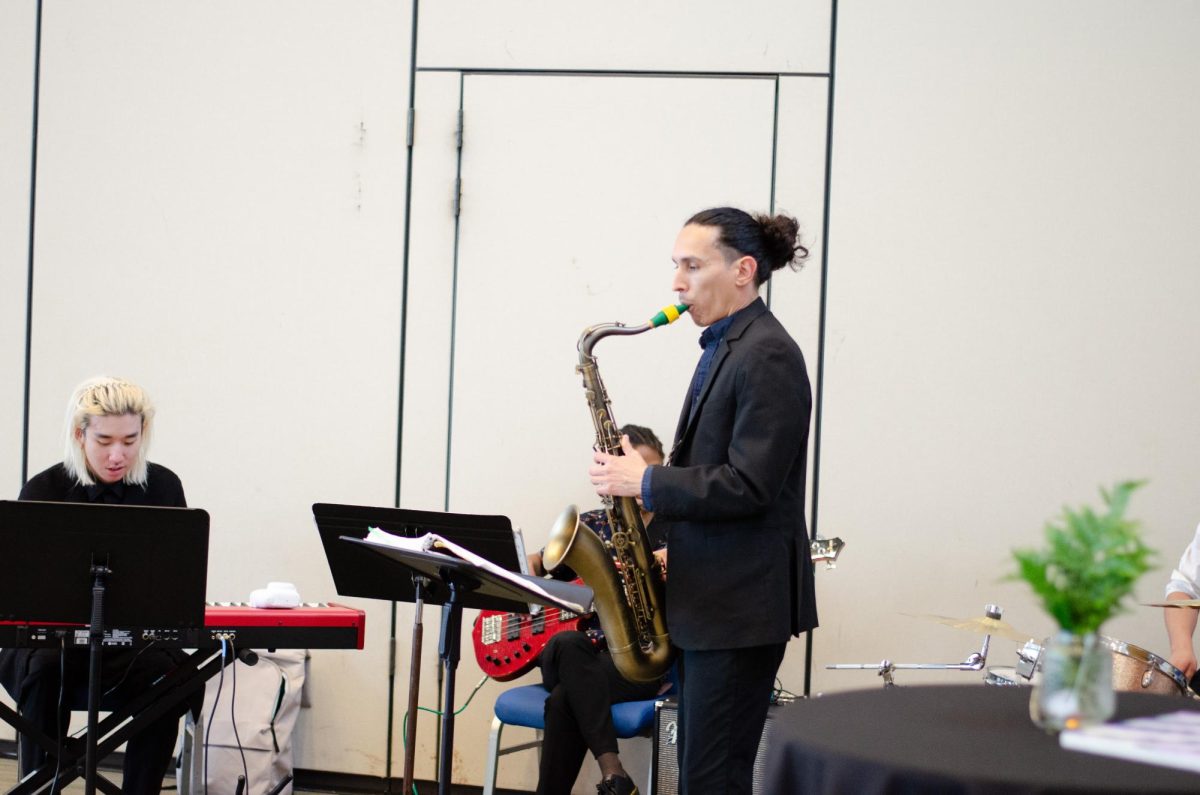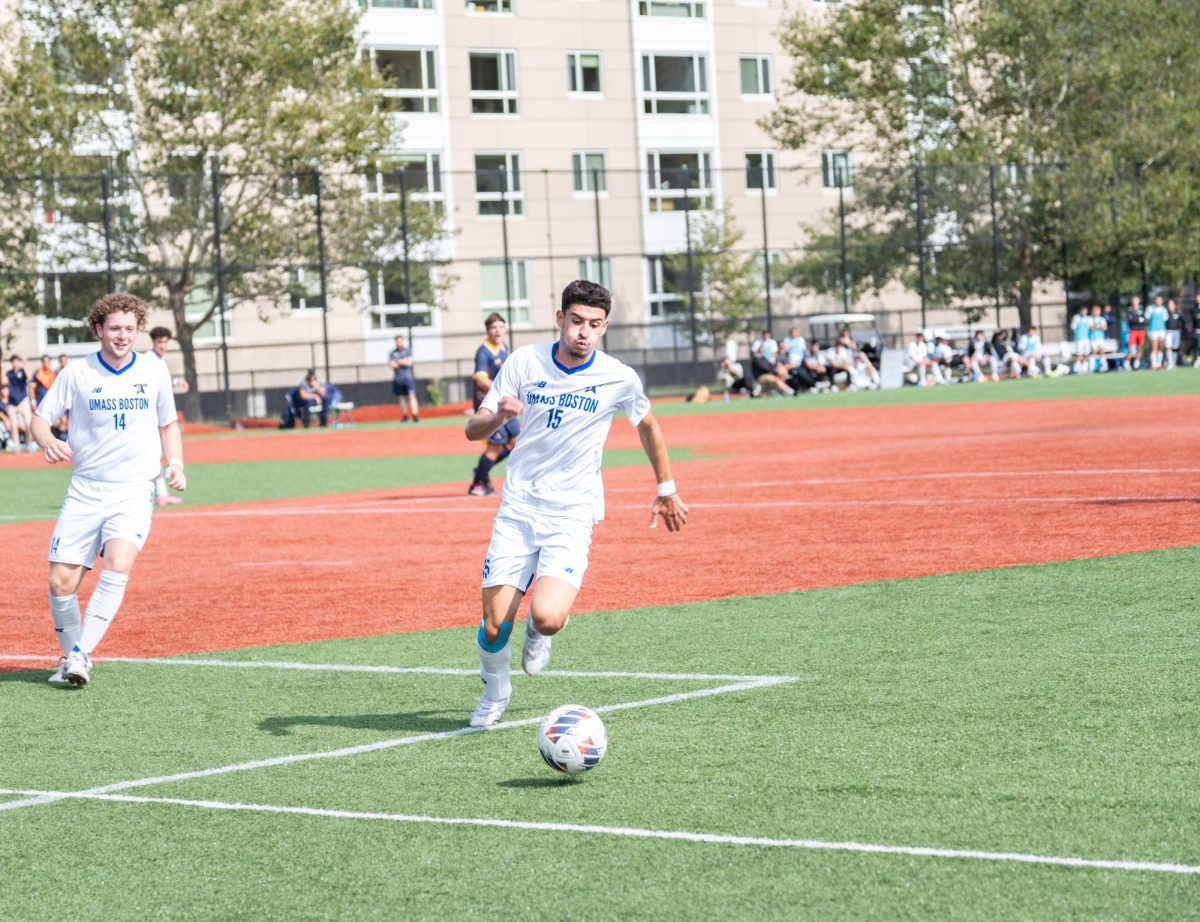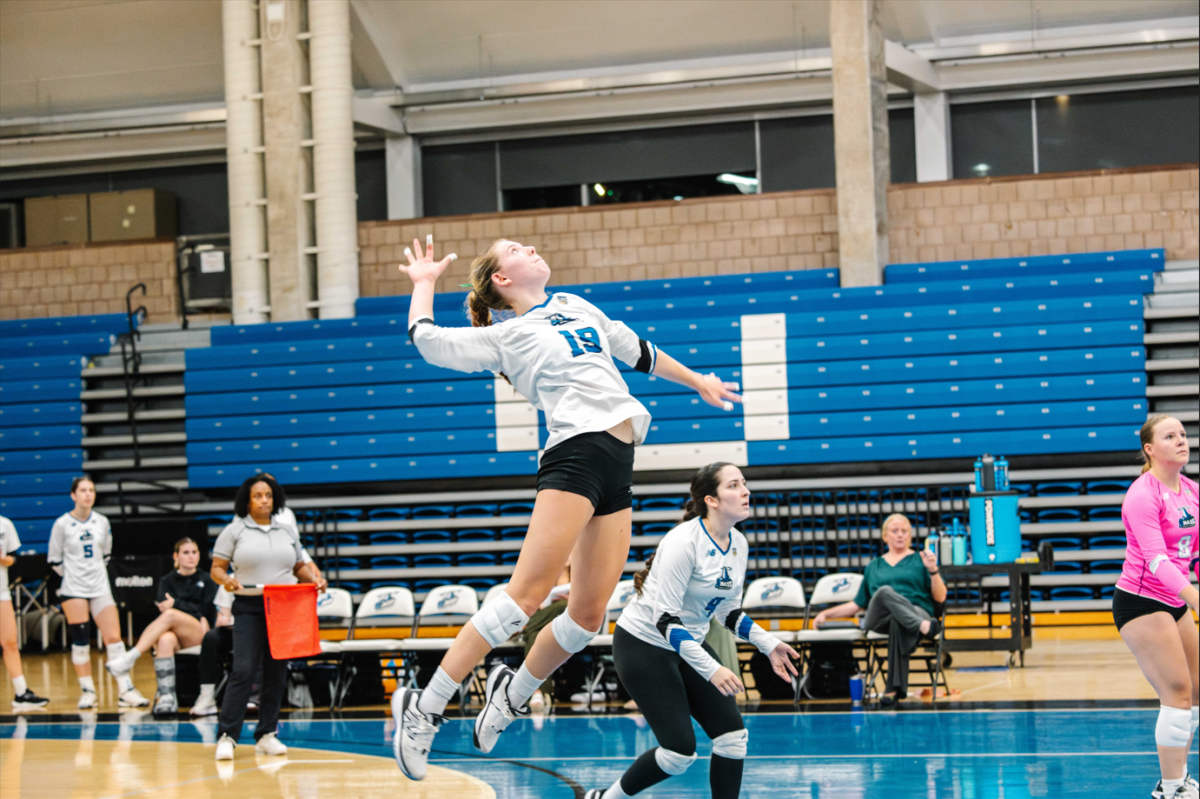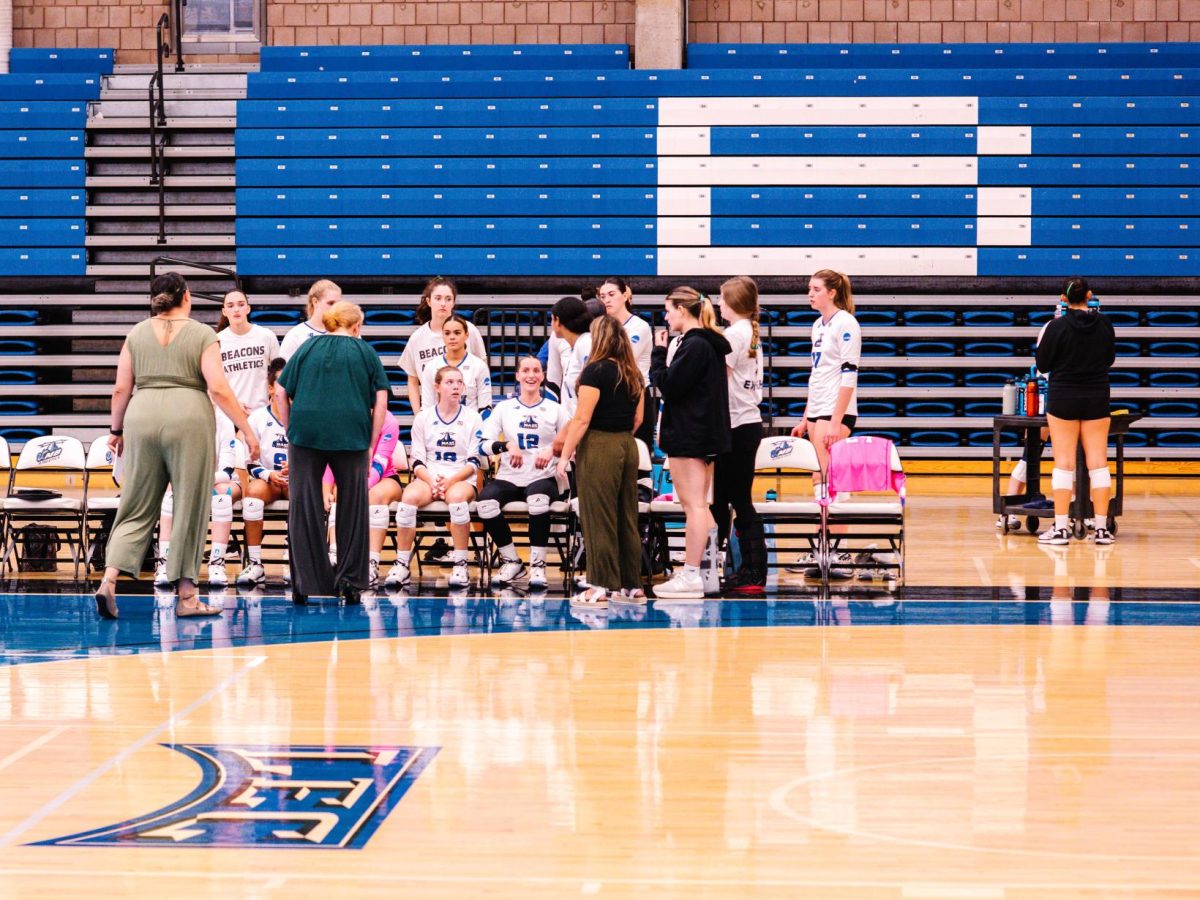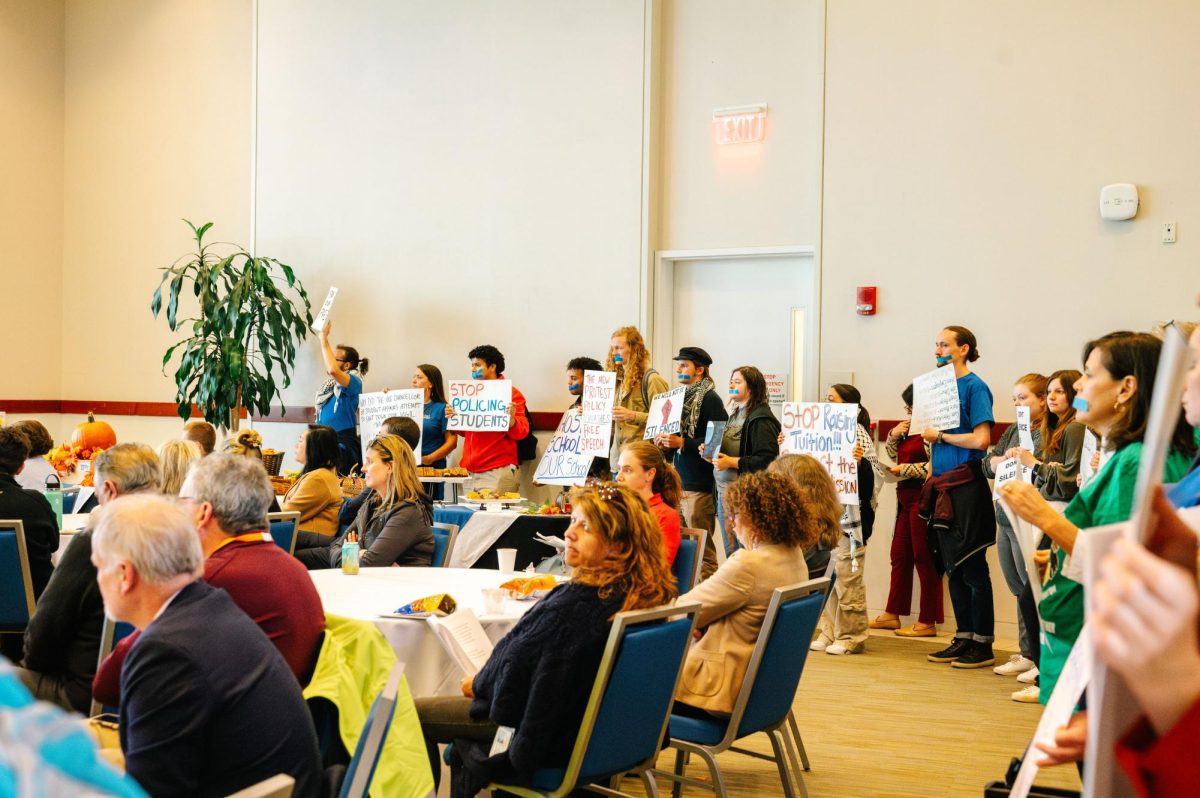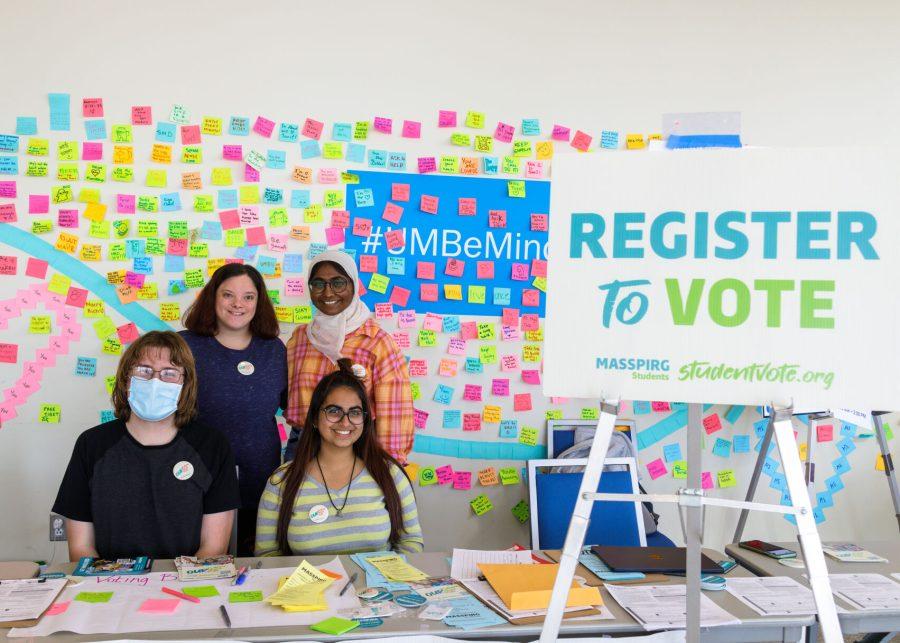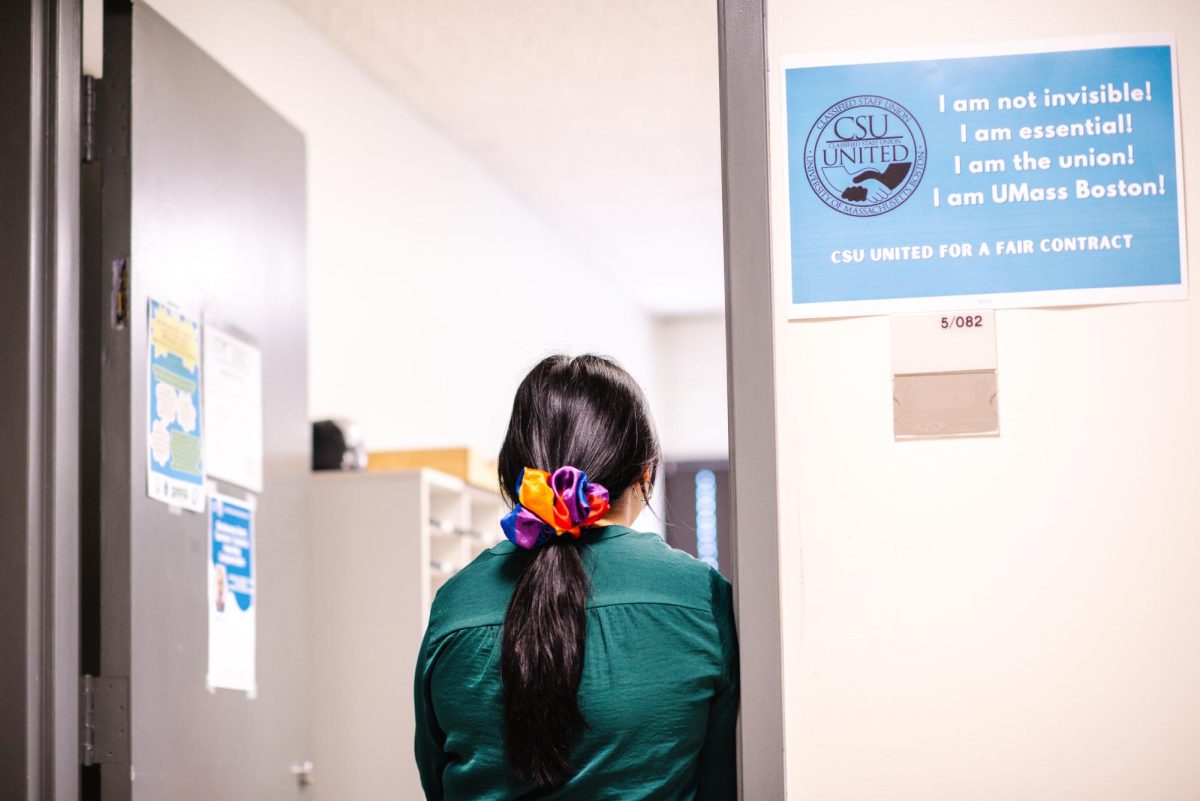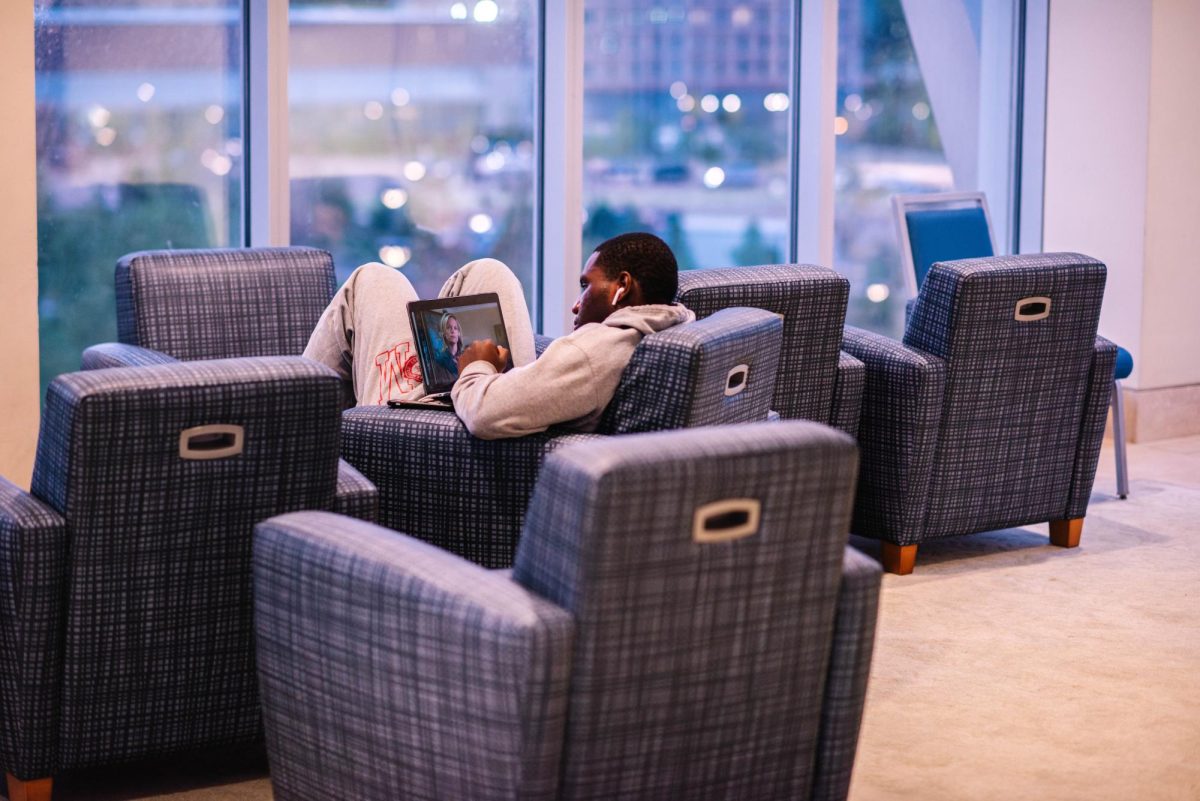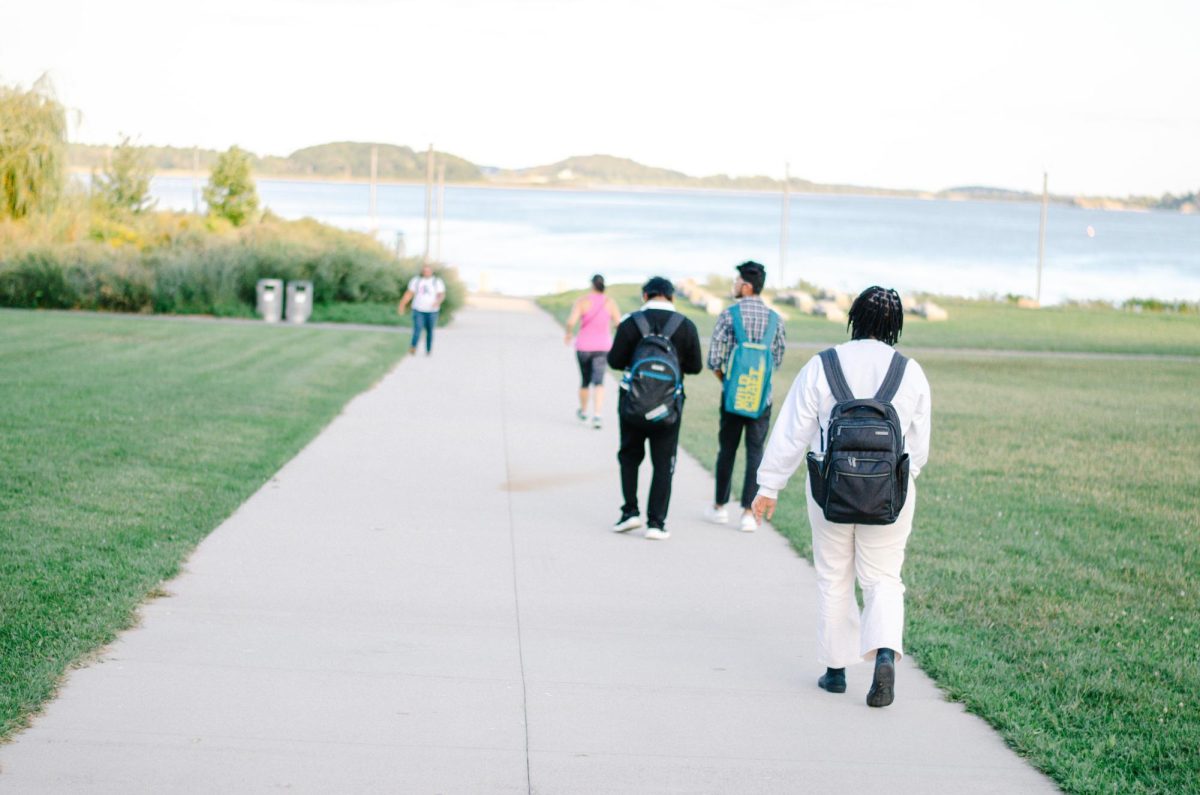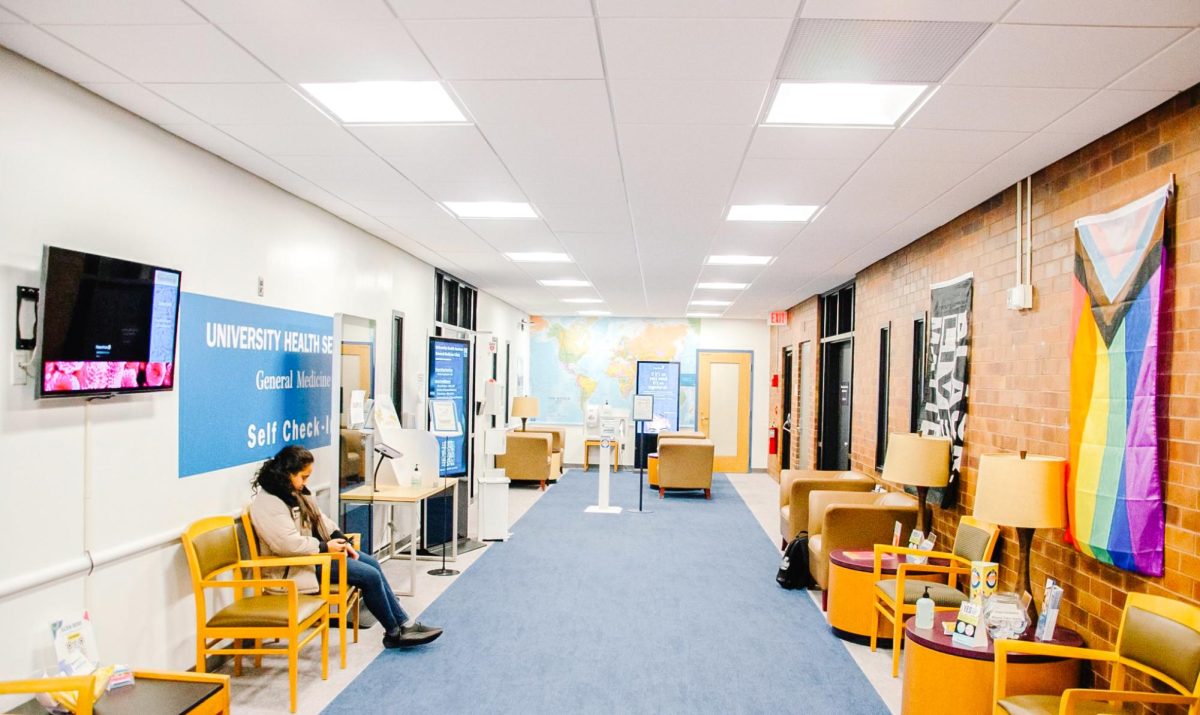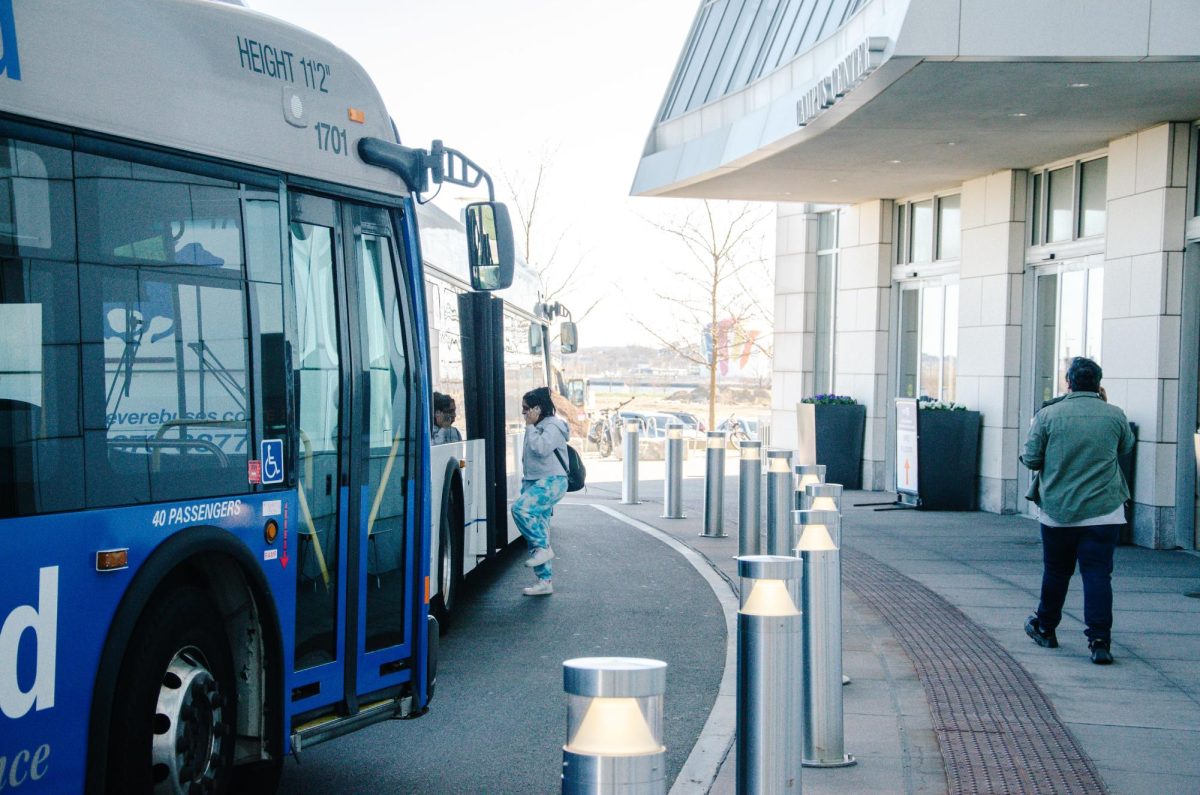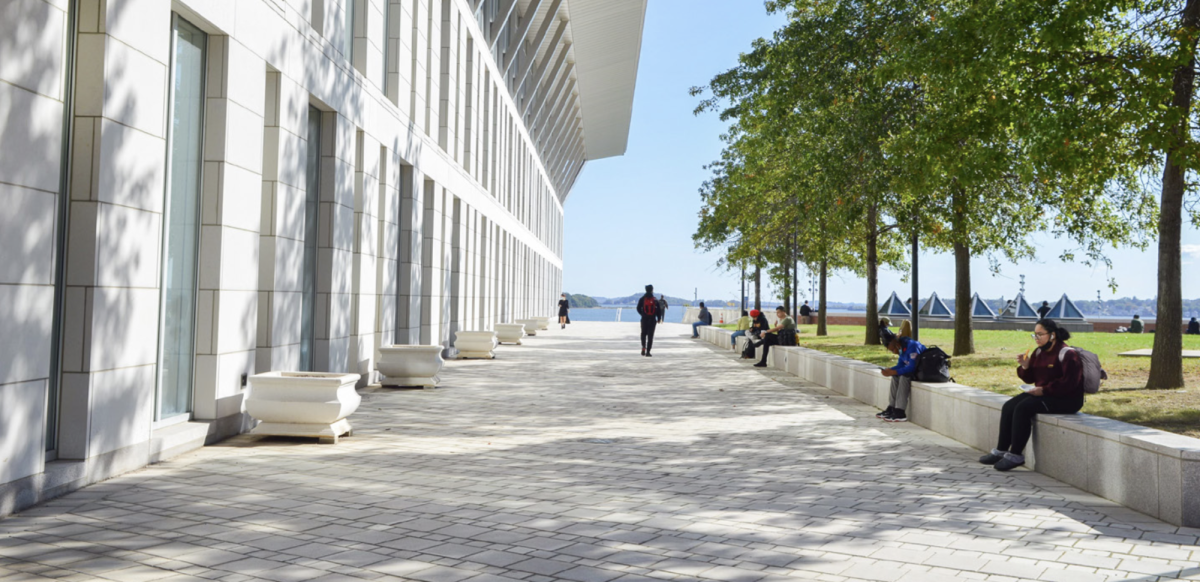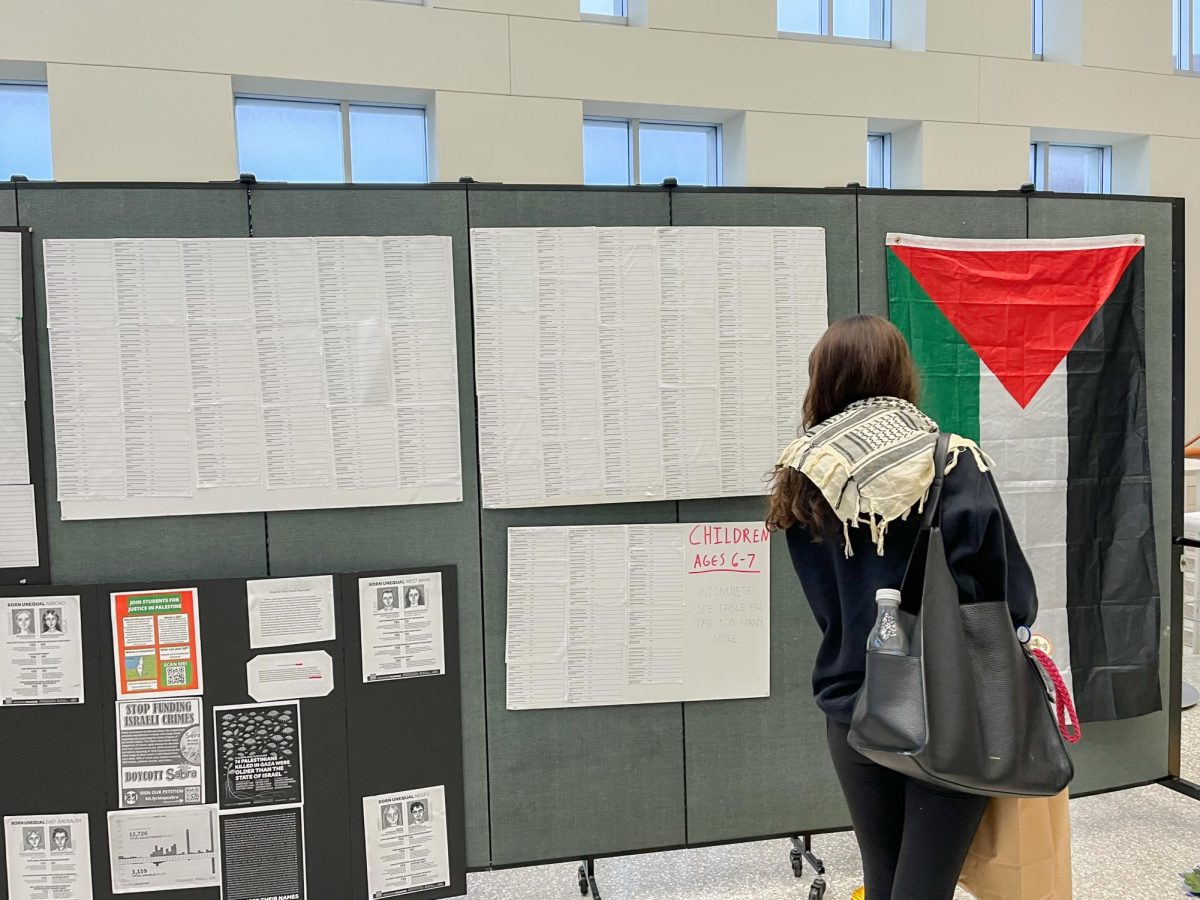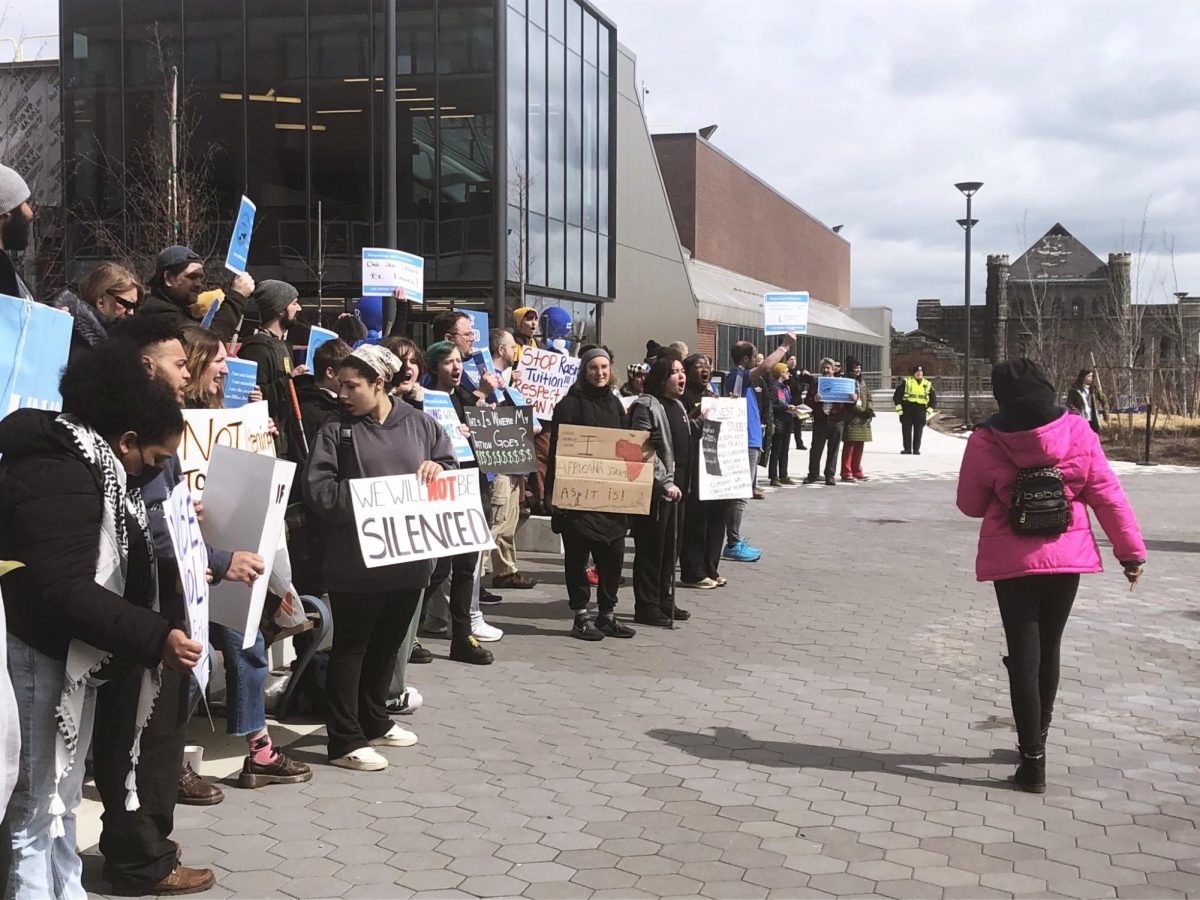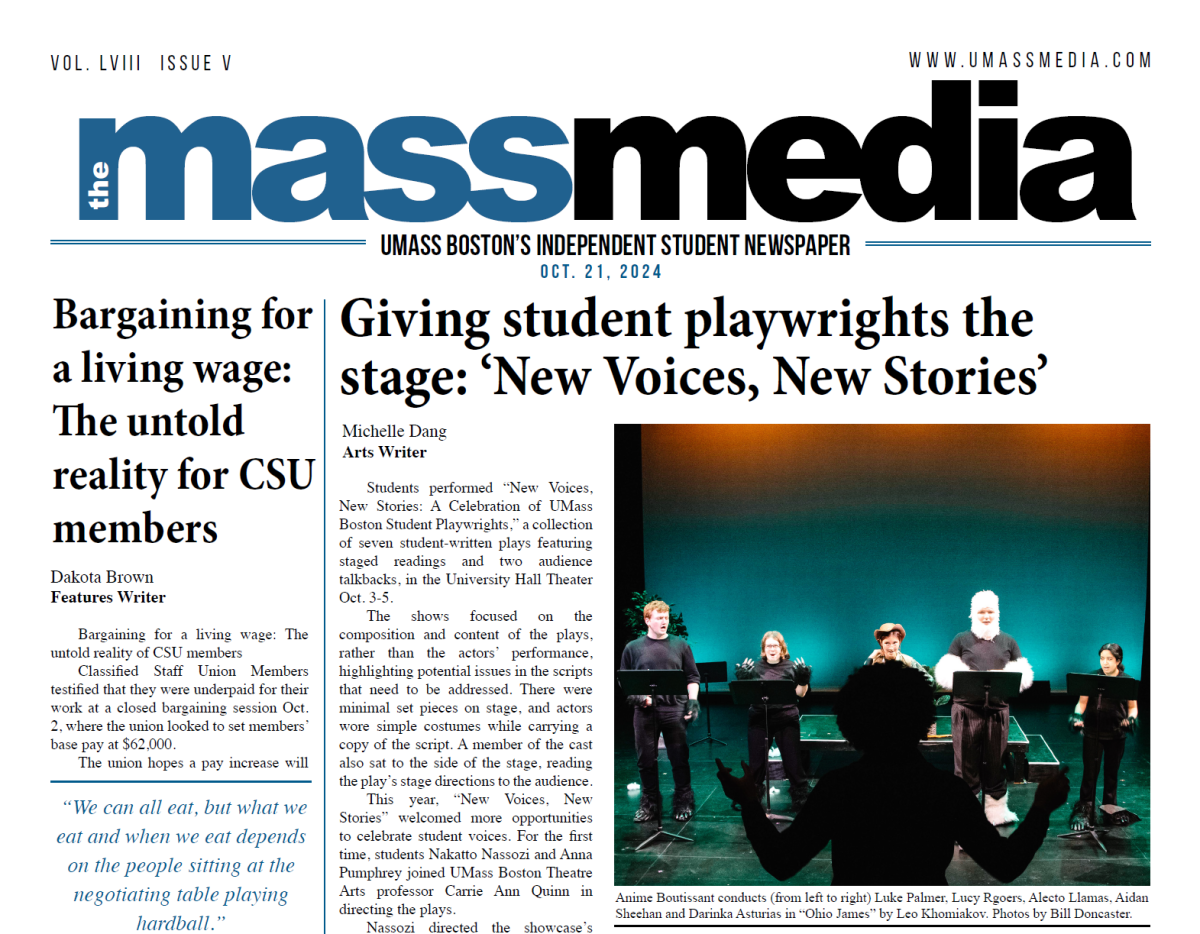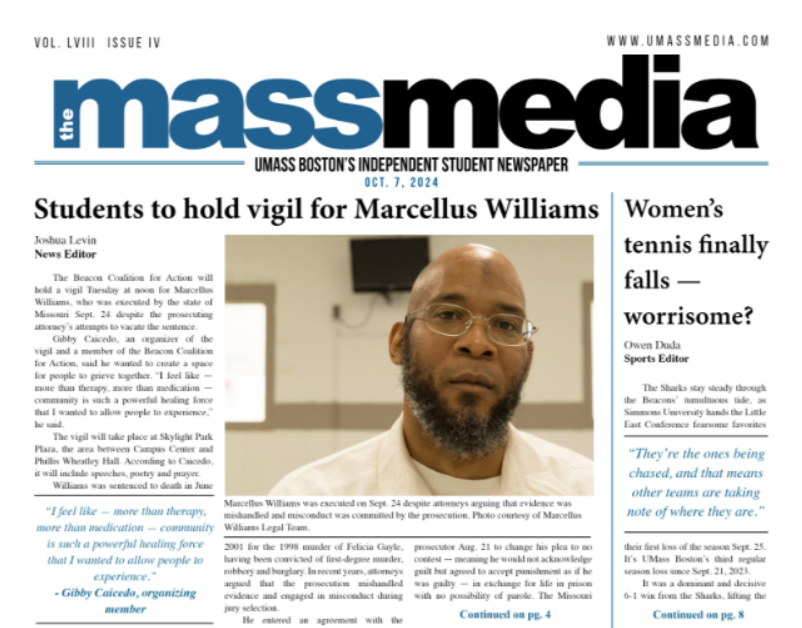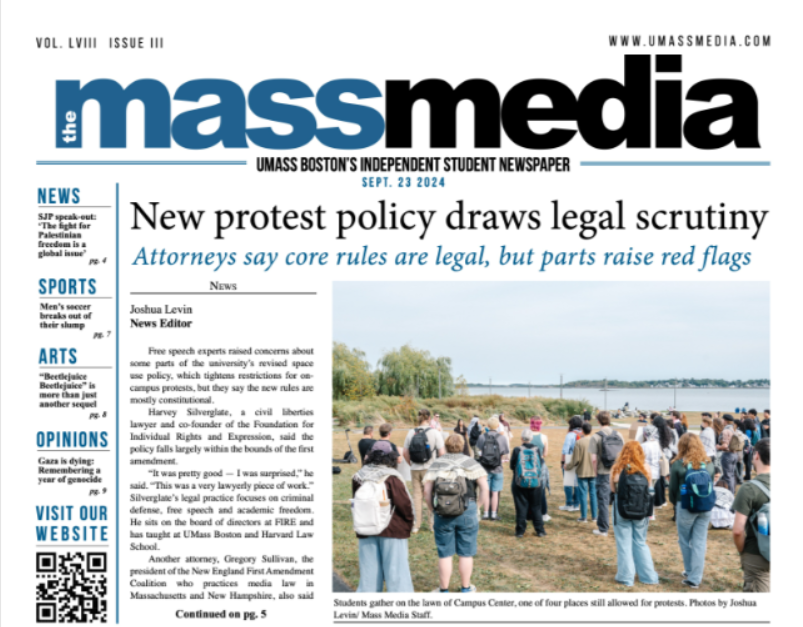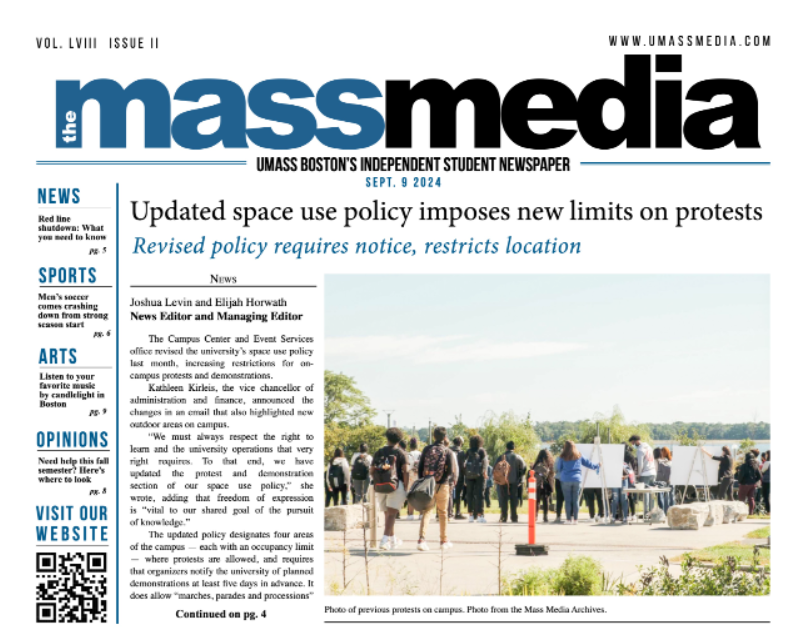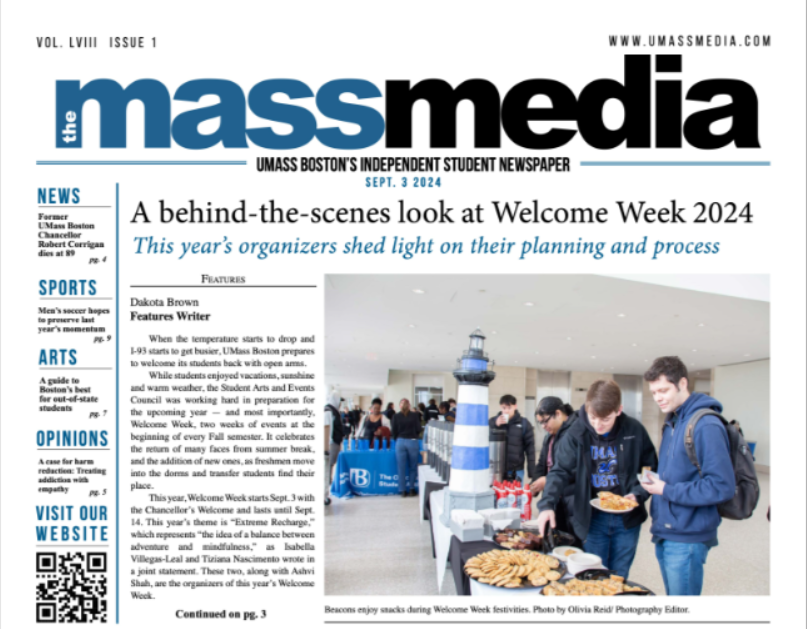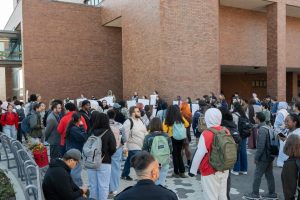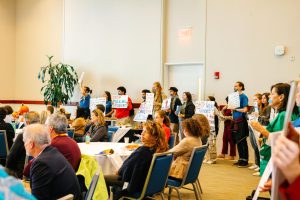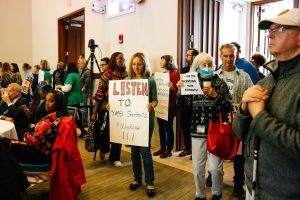The Search for Alternative Energy

Breaking wind at UMass. Photo courtesy of istockphoto.com
March 12, 2007
With the recent talk of big ideas coming out of the interim Strategic Planning Committee report, many members of the UMass Boston community are eagerly anticipating the possibilities that this refreshing look and innovative approach to planning promises to offer our campus. Hopefully, the university-and more importantly the state government who supports the university financailly-has learned one valuable lesson in its 15 years: Right now is the time to invest in our school’s future.
In March, the university’s energy contract is expected to raise the cost of the electricity we purchase from $.051 per kwh to $.098 per kwh according to the Facilities Department. This increase would almost double the amount that the university pays for our current energy consumption. But this brings up the inevitable question: how will the university handle this increase and upon whose shoulders will this burden of cost eventually rest?
This is not a question unique to UMass Boston, but instead it is part of a larger local and nation political conversation as the nation searches for alternative energy options. President George Bush even described the U.S. as a county that’s “addicted to oil” and, like it or not, our future rests on our ability to address an energy crisis now while we still have the luxury to do so. This is an issue that students especially should be paying close attention to.
“It’s definitely a practical student issue,” explained Student Trustee Alex Kulenovic. “Quite frankly we ultimately pay the electrical bill around here. Energy costs are a strain on the operations budget, which in turn is paid mostly out of mandatory fees that students pay.”
That’s why students like Kulenovic aren’t content to passively sit by and wait for the administration to take the lead on making renewable alternative energy options a university priority. Kulenovic, along with former Sustainability Club President John Pearson and a group of other dedicated students, have taken it upon themselves to make this an issue for them. They started an initiative to set up the University of Massachusetts Renewable Energy Trust (UMRET) that will seek funding to establish alternative energy solutions to be used here on campus. They hope to raise enough funds, through combining money form the student fee with alumni donations, to eventually invest in a sustainable alternative energy program such as the construction of a wind turbine.
“Who’s paying the bills? Who is, the university?” asked Pearson. “The students are. And the student’s really can demand action on these things and the student’s really hold power. We are the citizens and the voters of the University of Massachusetts. The University of Massachusetts is here to serve us; we pay the bills. It’s not the other way around.”
Back in spring ’06, the Sustainability Club lead an initiative and got the support of Student Senate to place a question on the election ballet to endorse a $5 opt-out fee on their tuition bill. Though most everyone is apprehensive to add to the already climbing fees that students pay, Pearson pointed out that the fee, aside from being optional, is less than what a student typically pays for a day’s worth of coffee.
It would appear that students agreed. Following the elections, the proposal was passed with unanimous support from students and the next step was to get the administration to show the same level of support in order to get the waiveable fee onto the bill. Kulenovic and Pearson were told that the proposal had to be brought before the Feb. 14 University Trustees’ Finance and Administration committee. It turned out that since this was an optional fee, it didn’t have to go through the board, which deals primarily with mandatory fees. But the group was encouraged that it couldn’t hurt to let more administrative officials know of their efforts. It turned out that the committee responded more positively than either had anticipated.
“The board passed a resolution in favor of this, despite no obligation to do so,” explained Kulenovic. “The amazing thing was that it was without me asking. They just volunteered this resolution in response to my presentation. I think we can defiantly peruse more projects like this.” The committee also suggested seeking additional state and federal support from people like Representative Ed Markey, who has recently worked on energy independence initiatives.
Right now seems like an opportune time for both students and the university to peruse alternative energy options. Just this January, Deval Patrick was at UMass Boston to sign the Regional Greenhouse Gases Initiative (RGGI), which put Massachusetts into the list of seven other New England states that will auction off allowances to cover carbon dioxide emissions in exchange for money that will fund energy savings programs, like sustainable energy initiatives.
Also, The Presidents Climate Commitment, which the student senate has supported and Chancellor Collins is expected to sign, has already attracted the signatures of more than 100 other school presidents and chancellors have signed on to commitment, including UMass Dartmouth Chancellor Jean MacCormack, UMass Lowell Chancellor David MacKenzie and former UMass Boston Chancellor Jo Ann Gora.
Not only does their actions anticipate a growing commitment to energy efficiency, students like Kulenovic are interested in putting UMass Boston and its students as pioneers in the field of alternative sustainable energy initiatives.
With the drastic re-imagining of the university’s future that’s going on right now, with the Strategic Plan and later, the Mater Plan, the university is in a unique position to do just that. The real test of UMass Boston’s commitment to alternative energy programs can’t begin and end with student’s efforts, like this UMRET proposal. Even at their best, students have limited resources and the $5 per semester waiveable fee will generate a relatively modest amount of funds.
“There’s a lot of potential for the administration to generally look at this more seriously, which their doing,” said Alex Kulenovic, who looks forward to promising opportunity to work with the administration more on future projects. Pearson, who also serves on the university’s Strategic Planning Committee agreed with Kulenovic, but also felt that our administration could be doing more. “I think they are considering these things, but I think they aren’t going far enough.”

